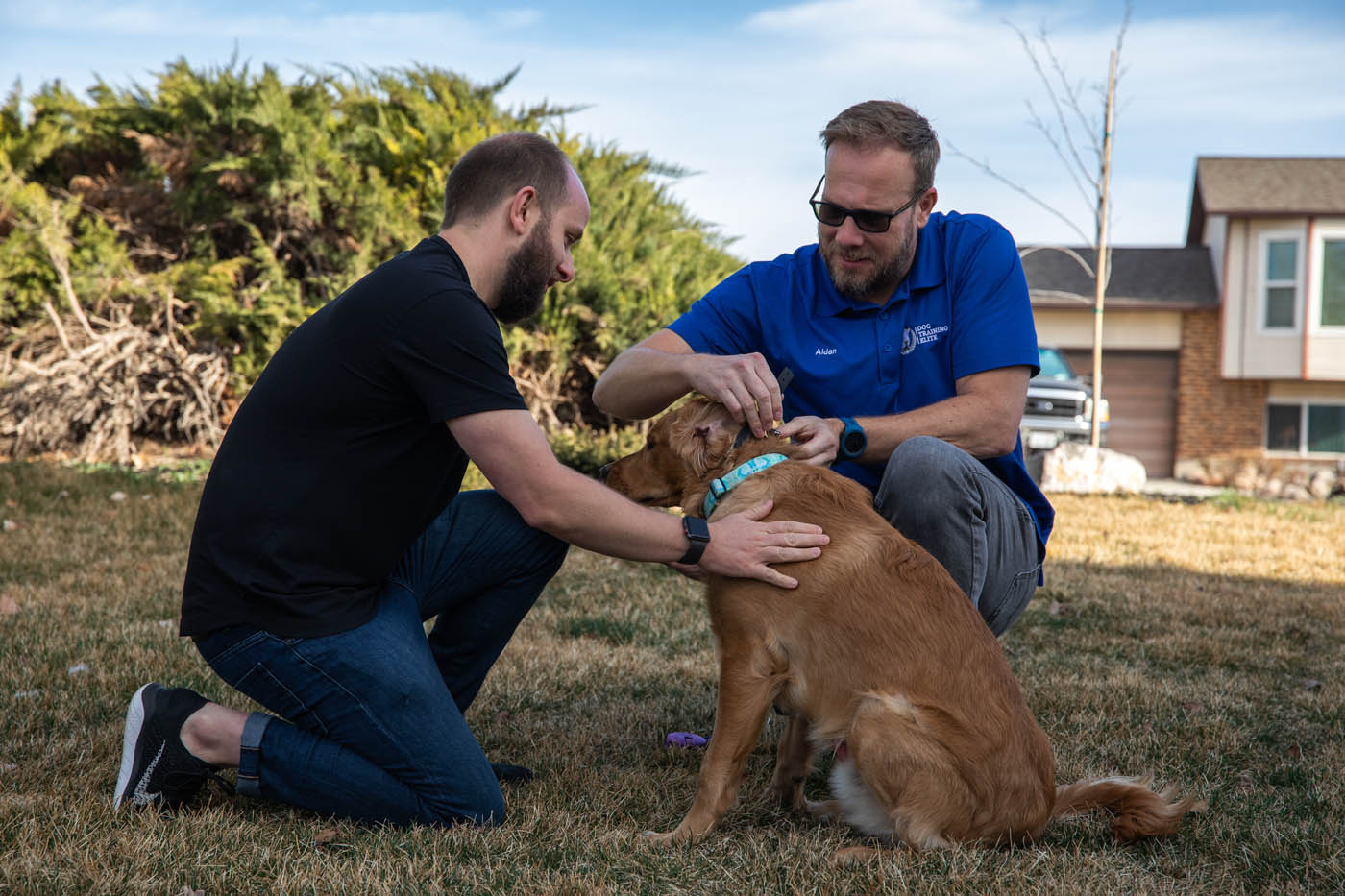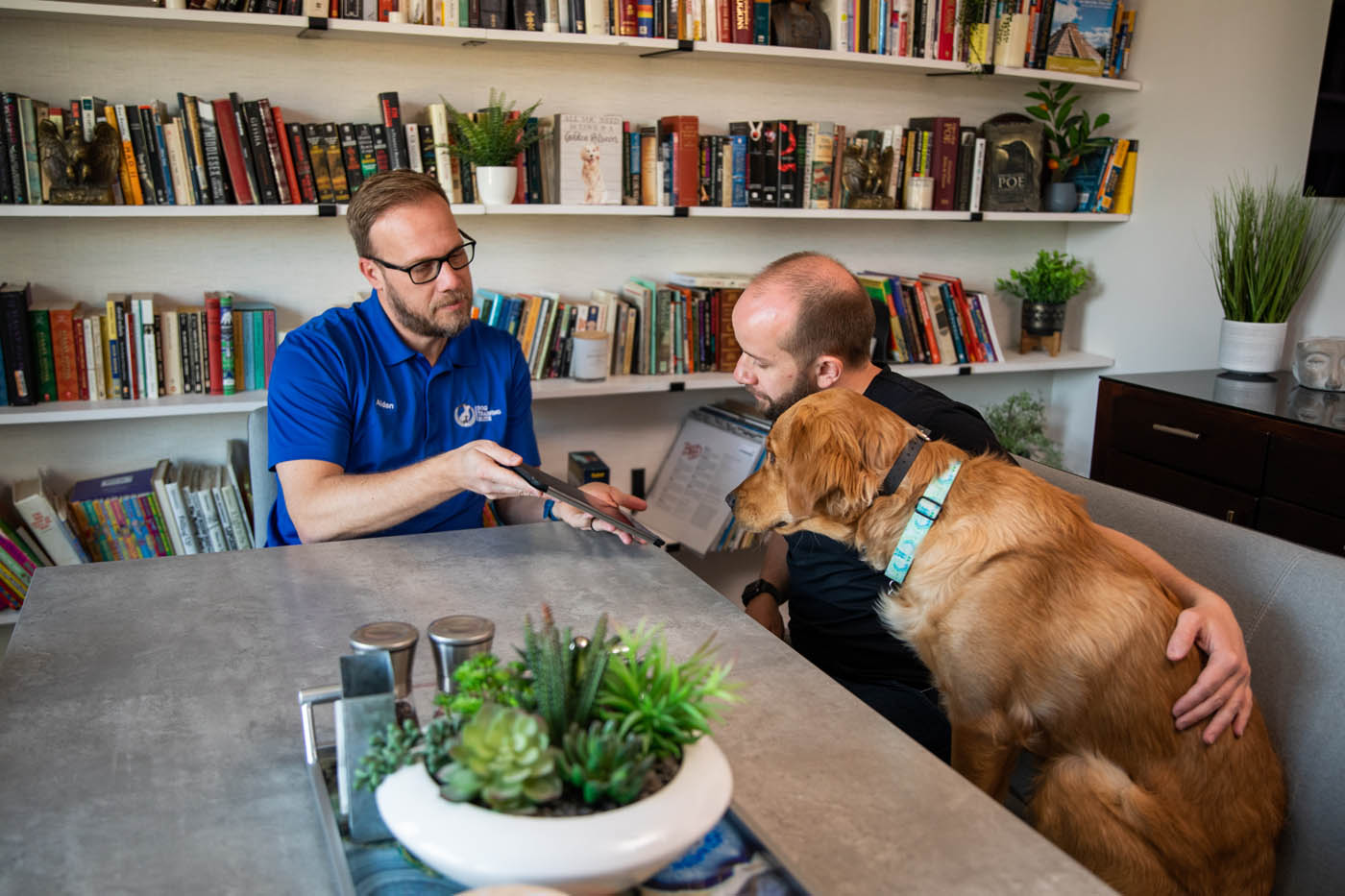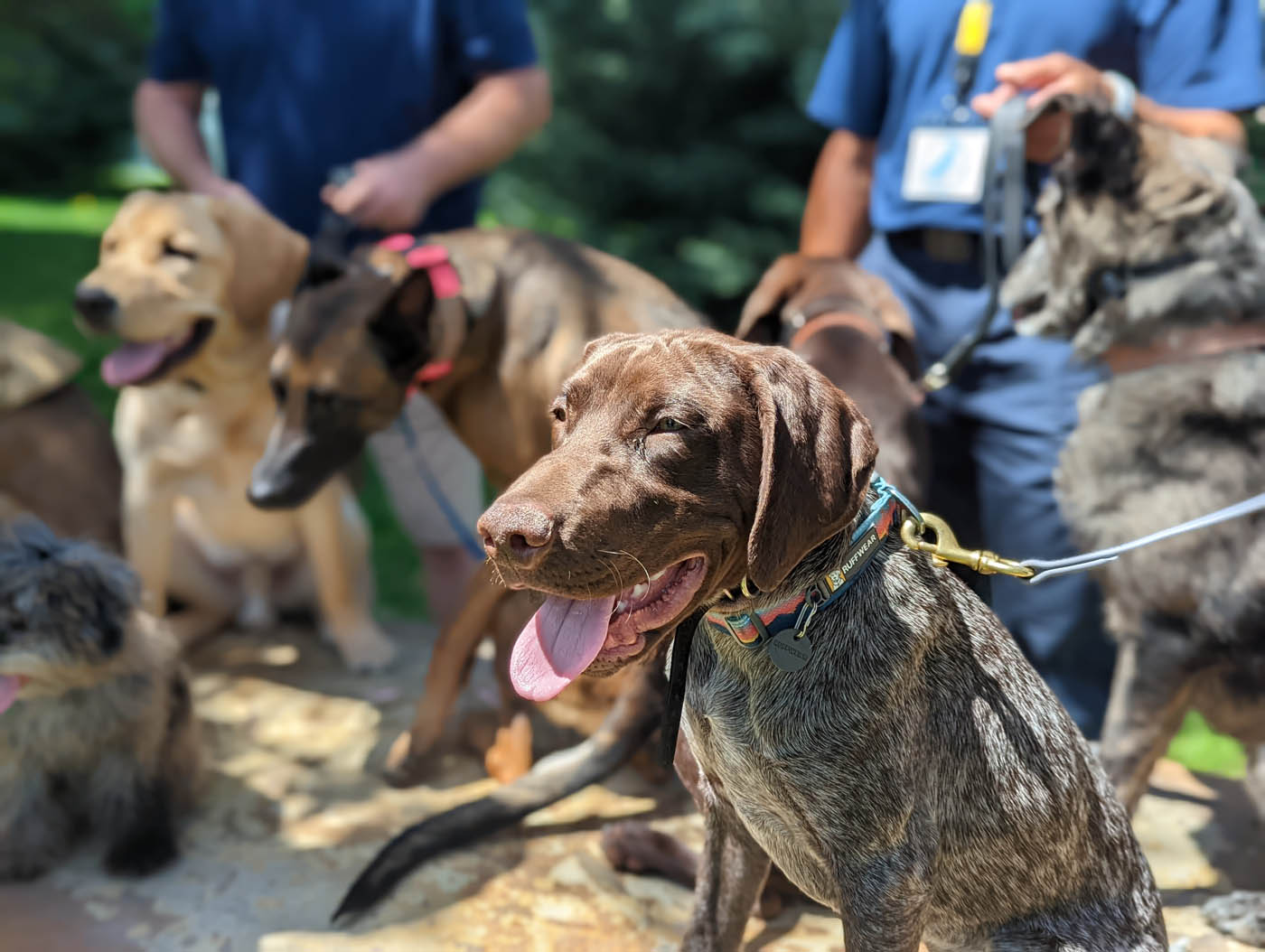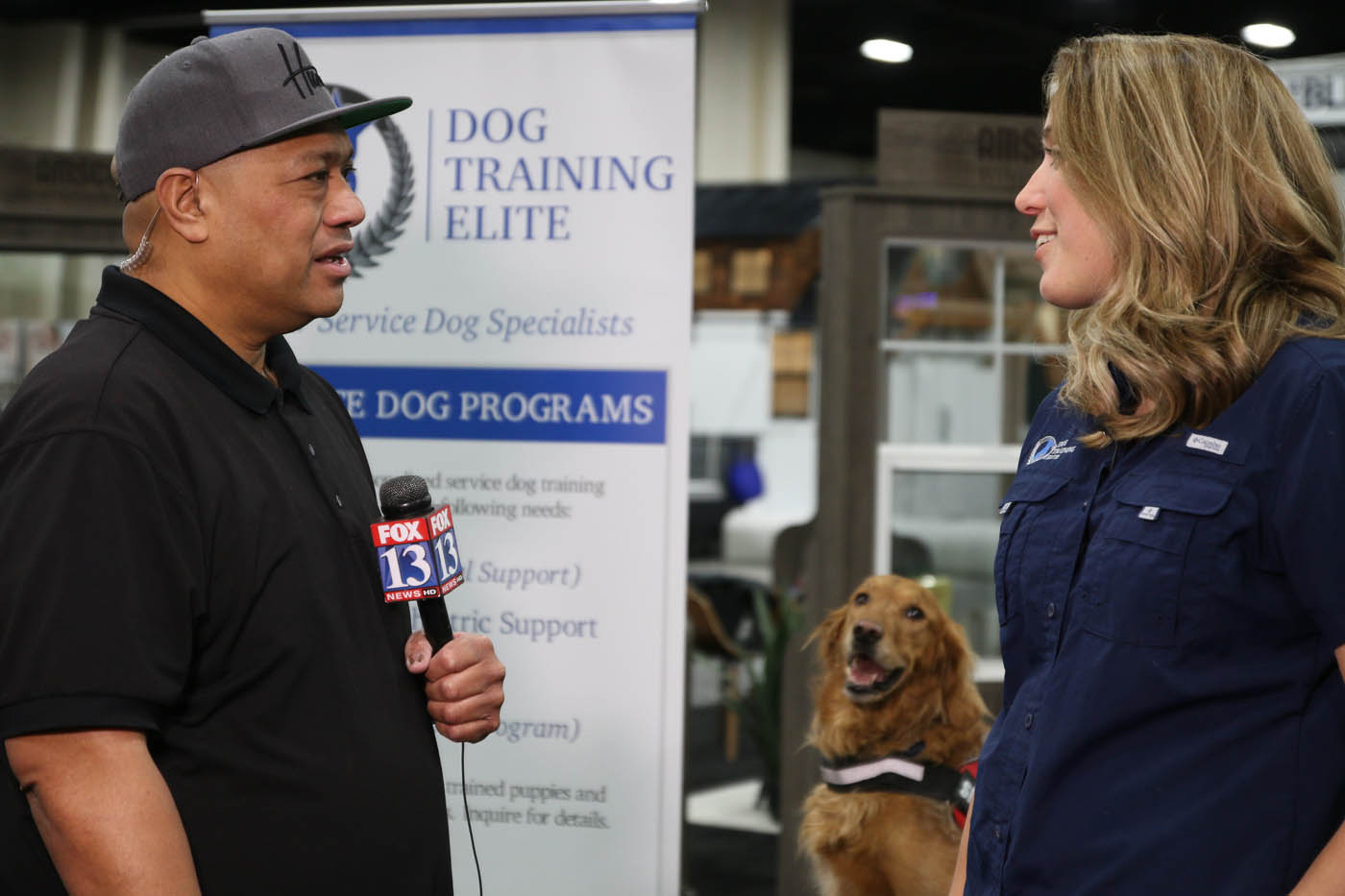Fear Aggression in Dogs - Dog Training Elite Reno
May 14, 2018
All animals have the same basic response to danger that humans do: fight, flight, or avoidance. Aggression in dogs is difficult for everyone from the owners, strangers who encounter them in the streets, and the dogs themselves. But what makes these dogs so aggressive in Reno, NV?
Here is some information on fear aggression, in dogs brought to you by our dog training experts in Reno, NV.
What Is Fear Aggression?
There are many types of aggression in dogs, and most people immediately assume that a dog's aggressiveness towards them or other dogs must be dominance aggression. The most common culprit of a dog's hostility, however, is actually fear aggression. Going back to the flight or fight response, if a dog is unable to get away from whatever they deem a threat to them they may have two reactions: submissive behavior or fighting back. Fear aggression is when a dog goes on the offense to intimidate the someone or something they are feeling threatened by.
How Does Anxiety Relate to Fear Aggression?
Anxiety in dogs can actually trigger fear aggression even when there's really nothing for your dog to be afraid of. In fact, there's evidence that anxiety governs and/or causes most aggressions in dogs. Anxiety may not be immediately obvious in your dog's aggression, and can be easily overlooked, but it's worth looking into to see if your dog may experience it.
Why Do Dogs Experience Fear Aggression?
Whether or not dogs experience fear aggression really depends on their early years. Dogs who were not properly socialized around humans (apart than their owners) and other dogs are more likely to be afraid of strangers when they grow up. Puppies introduced early on to a diversity of sounds, sights, humans, and dogs are more calm and well adjusted as adults. Puppy training is crucial in preventing aggression later on. Dogs who were abused or subjected to punishment based training by owners or trainers also have a high chance of developing fear aggression. Exposure to fear with no resolution is the root of the problem.
How Do You Know?
Often times fear aggression in dogs is displayed by barks and growls, barred teeth and a threatening stance, but not all dogs with signs of fear aggression will bite. Many only bark and growl when they're scared, so you may not know they have fear aggression until they encounter something that frightens them. The difference between fear aggressive dogs and dominance aggressive dogs is subtle but easy to spot when you know the difference. Dogs who are fear aggressive are more cowering than dogs who are dominance aggressive, retreating away with ears pinned to their heads and teeth bared with an open mouth. Dominance aggressive dogs are more upright and rigid with ears straight up, staring directly at the thing they deem dangerous. Fear aggressive dogs just want to get the threat to go away, dominance aggressive dogs are trying to inflict damage. With either aggressiveness, it's best to address the problem as soon as your dog exhibits any early signs (growling, snapping, etc.) before it can progress.
What Can Be Done?
Fear aggression can never be completely "cured" but there are many ways to help manage and mitigate the condition. The fear and aggression may never disappear, but your dog can overcome the fears and learn to control their behavior. Consult your trainer and veterinarian for advice on how to help your dog find a solution.
Fear aggression is difficult to live with for both you and your dog. But even if aggression cannot be entirely eliminated it can be reduced. With a steady vigilance and a loving hand, fear aggression can be combated.
Do you have any questions or concerns? Contact Dog Training Elite today for professional Reno dog training services, we're happy to help!
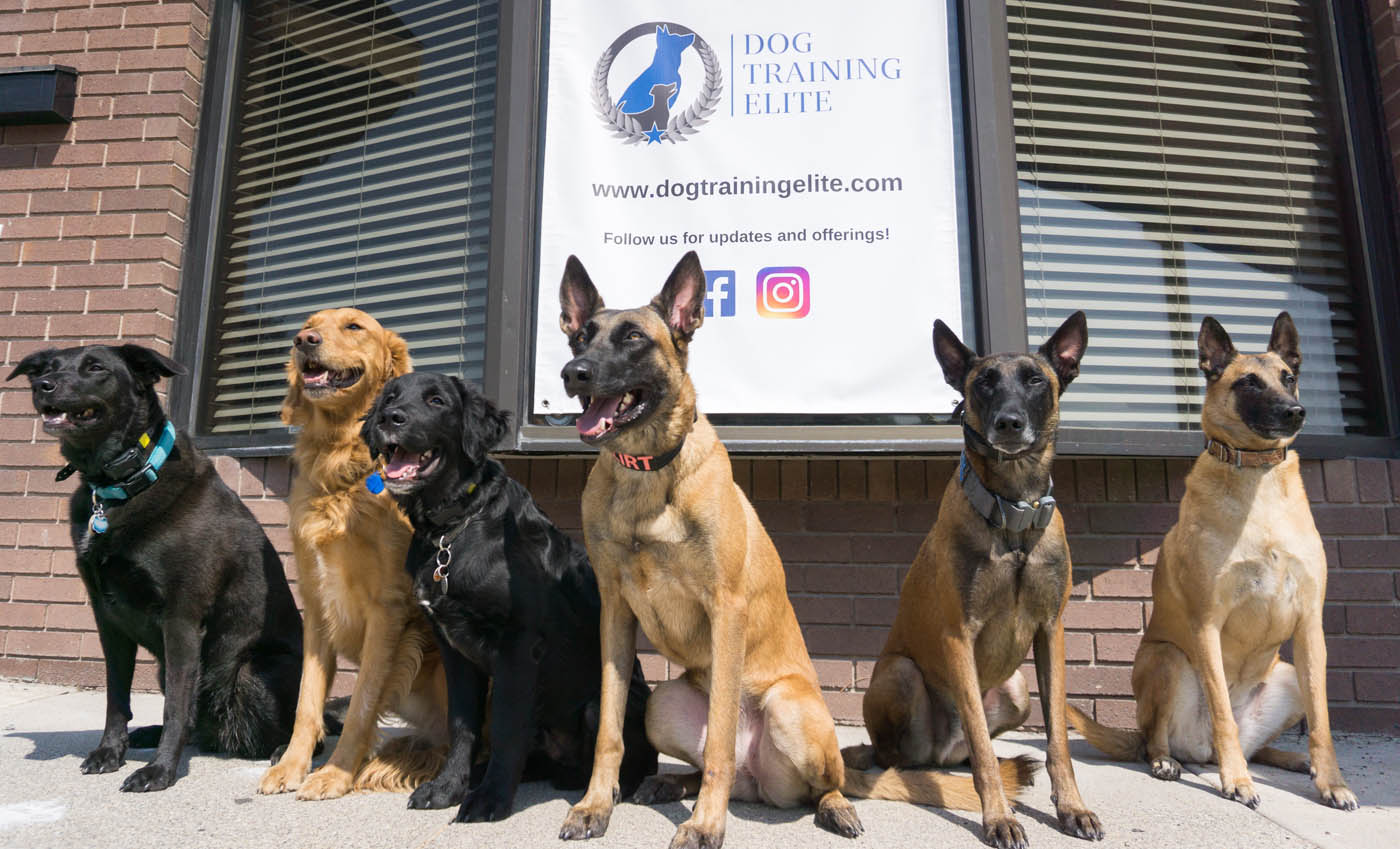
Get Your Free Assessment
You and your canine companion really can have it all. See how easy it can be to become a member of the elite pup society by requesting a free consultation today!
